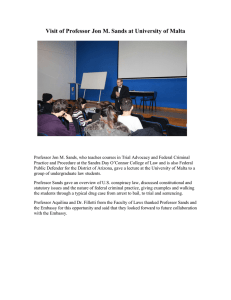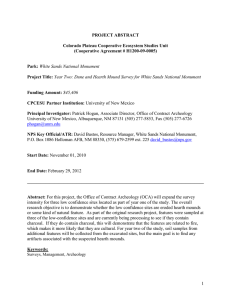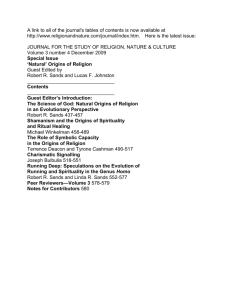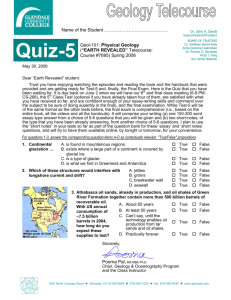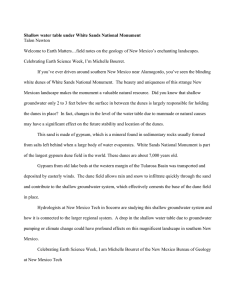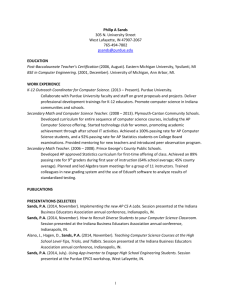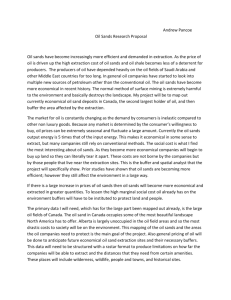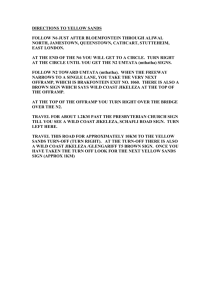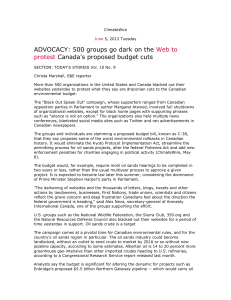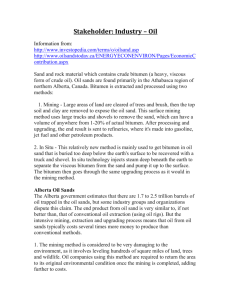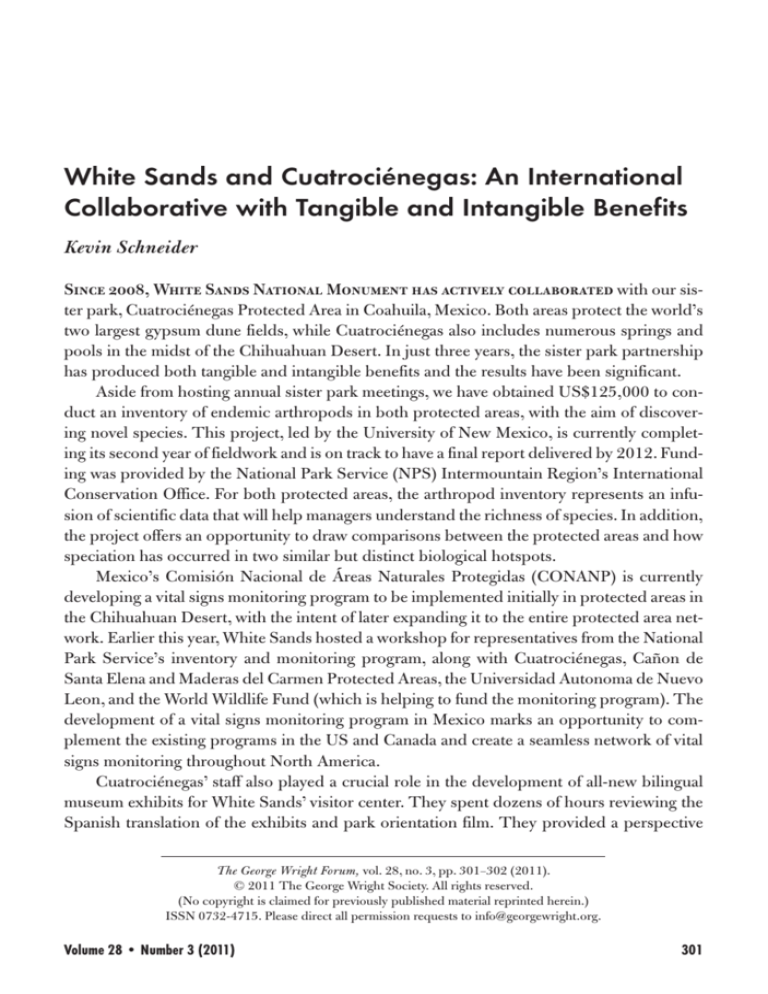
White Sands and Cuatrociénegas: An International
Collaborative with Tangible and Intangible Benefits
Kevin Schneider
Since 2008, White Sands National Monument has actively collaborated with our sister park, Cuatrociénegas Protected Area in Coahuila, Mexico. Both areas protect the world’s
two largest gypsum dune fields, while Cuatrociénegas also includes numerous springs and
pools in the midst of the Chihuahuan Desert. In just three years, the sister park partnership
has produced both tangible and intangible benefits and the results have been significant.
Aside from hosting annual sister park meetings, we have obtained US$125,000 to conduct an inventory of endemic arthropods in both protected areas, with the aim of discovering novel species. This project, led by the University of New Mexico, is currently completing its second year of fieldwork and is on track to have a final report delivered by 2012. Funding was provided by the National Park Service (NPS) Intermountain Region’s International
Conservation Office. For both protected areas, the arthropod inventory represents an infusion of scientific data that will help managers understand the richness of species. In addition,
the project offers an opportunity to draw comparisons between the protected areas and how
speciation has occurred in two similar but distinct biological hotspots.
Mexico’s Comisión Nacional de Áreas Naturales Protegidas (CONANP) is currently
developing a vital signs monitoring program to be implemented initially in protected areas in
the Chihuahuan Desert, with the intent of later expanding it to the entire protected area network. Earlier this year, White Sands hosted a workshop for representatives from the National
Park Service’s inventory and monitoring program, along with Cuatrociénegas, Cañon de
Santa Elena and Maderas del Carmen Protected Areas, the Universidad Autonoma de Nuevo
Leon, and the World Wildlife Fund (which is helping to fund the monitoring program). The
development of a vital signs monitoring program in Mexico marks an opportunity to complement the existing programs in the US and Canada and create a seamless network of vital
signs monitoring throughout North America.
Cuatrociénegas’ staff also played a crucial role in the development of all-new bilingual
museum exhibits for White Sands’ visitor center. They spent dozens of hours reviewing the
Spanish translation of the exhibits and park orientation film. They provided a perspective
The George Wright Forum, vol. 28, no. 3, pp. 301–302 (2011).
© 2011 The George Wright Society. All rights reserved.
(No copyright is claimed for previously published material reprinted herein.)
ISSN 0732-4715. Please direct all permission requests to info@georgewright.org.
Volume 28 • Number 3 (2011)
301
Fulfilling the International Mission of NPS
representative of a visitor from northern Mexico—which is precisely the demographic targeted in White Sands’ diversity outreach programs. Without the input of Cuatrociénegas, the
translations would likely have contained inaccuracies and would not have been relevant linguistically to the local Latino population. Further, Cuatrociénegas’ translation review saved
White Sands thousands of dollars in additional translation costs.
In 2009, White Sands National Monument hosted a Cuatrociénegas employee on a onemonth detail. This experience offered training and development not only for the Cuatrociénegas staffer, but it also proved a learning opportunity for White Sands staff as well.
While the partnership with Cuatrociénegas has produced meaningful tangible benefits,
it has also yielded many intangible benefits. For most of us in park and protected area management, our job is more than just a job. It is burned into our core personal values; it’s a deep
personal drive to improve the management of our most special natural and cultural sites.
Spending time with our international colleagues is an incredibly enriching experience, to say
the least. Many of them face challenges and obstacles far greater than those facing protected
area managers in the US. Despite this, their commitment to their protected areas is no less
than ours. It is humbling to see their dedication to achieving their mission, despite the
numerous hurdles. Even with the cultural differences between us, protected area managers
worldwide speak the same metaphorical language.
Collaborating with international protected areas is a unique cultural opportunity. It
gives us a chance to better understand our neighbors in the world, be inspired, and recommit ourselves to the important work we do here at home.
Kevin Schneider, White Sands National Monument, P.O. Box 1066, Holloman AFB, New
Mexico 88330; kevin_schneider@nps.gov
302
The George Wright Forum

